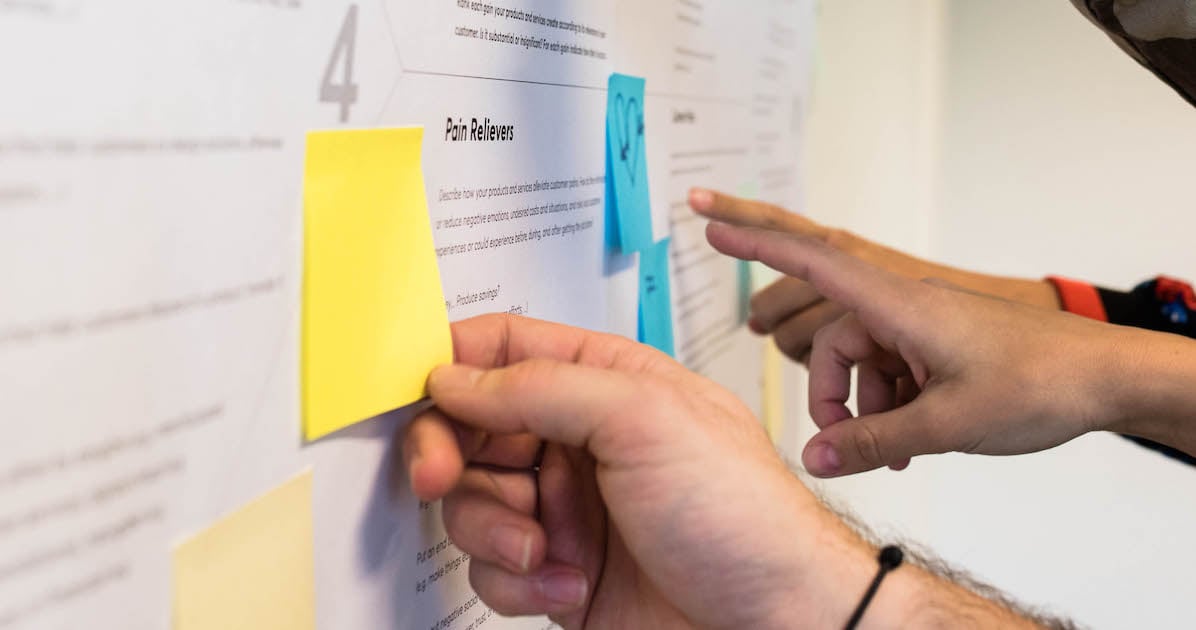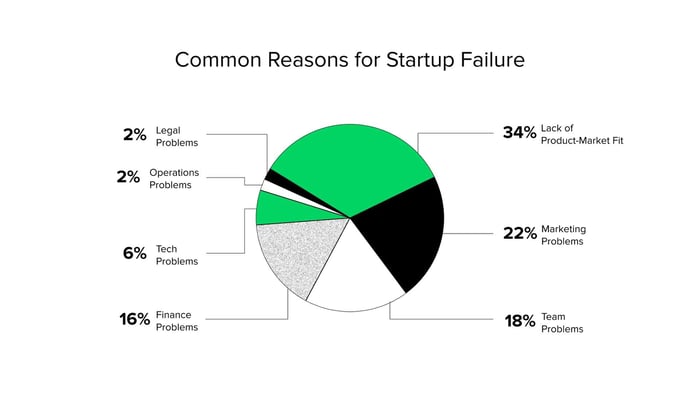What's Key In User Research To Drive Product-Market Fit?

This means that the majority of startups that fail, in hindsight, admit to not investing sufficient time and resources understanding their customers.
So what is the key in user research that helps businesses achieve better product-market fit?
User research gives products a better fighting chance in meeting the needs and expectations of its audience.

Source: Failory, Startup Failure Rate: Ultimate Report
Product design and development almost always require a substantive share of a team’s resources. Often overlooked, the design and development process already carry assumptions about product users.
What is key in a user research exercise is that it is done at the outset before resources are deployed. As much as it is done to enhance user experience, the result of the user research process must first demonstrate a business case for the product.
What is user research?
User research is the methodical study of the target audience to obtain key insights for better understanding user behaviors and achieving product excellence. It uses a variety of observation techniques, such as conducting user interviews, detailed surveys, focus groups, user testing, and many other feedback methodologies to obtain insights about how users interact with a product.
As a result, the design team acquires a lot of data and inspirations for new ideas for functionality and design decisions. Embedding user research methods into the product development process, organizations can tailor products to their users’ needs and deliver great user experience.
While conducting user research must be done at the earliest phase of the product development cycle, it is also not a one-time exercise. The user experience research process is an ongoing approach in identifying problems and proposing solutions to them with the goal of product refinement.
Having user research as part of the regular production cycle, alongside UX/UI designs for both frontend and backends, characterizes successful organizations that deliver spot-on products, whether digital or physical.
User research vs market research
Sometimes used interchangeably, market and user research may have overlapping research questions depending on the circumstances. These, however, have a clear distinction in purpose.
- User Research focuses on understanding user behaviors, problem validation, and product viability. The findings inform how to design a new product or improve the design of an existing one.
- Market Research focuses on attitudes and willingness of target users to buy a product. The findings inform market strategy, especially in areas such as branding, pricing, and product rollout.
Qualitative vs quantitative user research methods
User research is a disciplined approach. To arrive at well-supported insights about user behavior, product teams rely on two main types of user research methods: qualitative and quantitative.
- Qualitative user research records non-numerical data, typically observations and insights about user habits, problems, expectations, and behavior. This method seeks to provide insights about reasons for behavior and motivations or the 'why?'.
- Quantitative user research records measurable data on user behavior. This method typically answers questions such as 'how long?' and 'how many?'.
In both methods, the monitored behavior can involve the interaction with the product or understanding user behavior without the product (e.g. generative user research). It is also quite common to do both qualitative and quantitative user research.
In fact, certain user research techniques can collect both qualitative and quantitative data such as user research surveys, usability testing, and A/B testing. It’s important to work with experts with in-depth experience in a variety of user research techniques that organizations can tap to better develop their products.
What is key in a user research for good product development?
In recognizing that user research is as much of a business strategy as it is part of the design process, organizations can then better deploy user research techniques throughout product development cycles. User research can benefit the user-centered design process, prototyping, implementation, and rollout phases in the following ways:
- Idea validation - constantly researching and testing the very concept of and need for a product should not be taken for granted.
- Product tailored to user segments - users should not be placed in a single bucket. By studying the different types of users, a product can be customized for user segments.
- Meeting the most critical needs in the MV - user research enables product teams to identify the very reasons why users would need or want to use a product in the first place. These requirements should be met when the product is first shipped out as a minimum viable product.
- Product strategy ideas for further releases - as users and the market evolve, user research is a critical tool to monitor new user needs and expectations. This should be the basis of features and functionalities that will be introduced in future iterations.
- Gain advantage over competitors - user research can also reveal how users behave with product competitors. This can help avoid their mistakes and build a superior product.
- Save on development costs - organizations should have a fair degree of confidence that when additional budgets are spent and developers and engineers are mobilized, that they’re spending to solve actual problems and that the product can carve out a space in the market.
The big reason behind 'why' in user research
Nine out of ten startups fail. As illustrated, a third of these companies chalk this up to product-market fit. This is echoed in another survey finding that while UX practitioners perform discoveries, the extent says they are insufficient, lack user research, and do not involve the right personnel. In product development, a discovery is 'a preliminary phase in the UX design process that involves researching the problem space, framing the problems to be solved, and gathering enough evidence and initial direction on what to do next'.
One remarkable takeaway from this study is that time pressure to deliver is the top reason why organizations don’t use discoveries, while the lack of resources to carry out one is only at 7%.



.jpg?width=1200&height=630&name=Technology%20(1).jpg)



